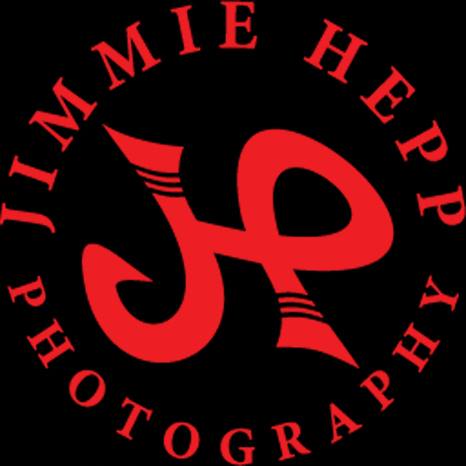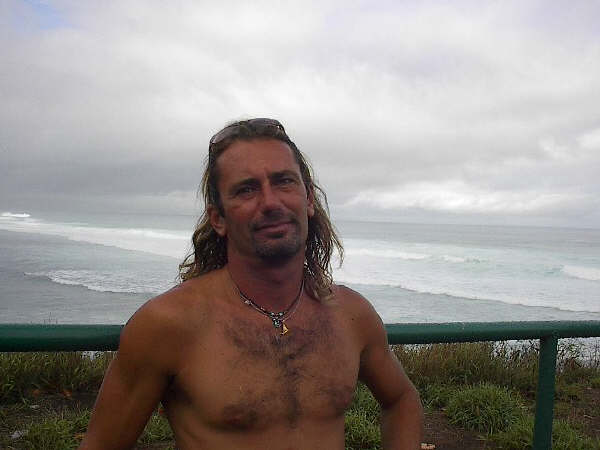
A new swell is about to arrive and since it comes from a fairly west direction, I thought about elaborating on the shadow lines for the Kihei coast. I added what I wrote below to the post labeled "NW buoy to Maui travel time and shadowing angles", that you find in the label section of this blog.
Google Earth shows the shadow line from Lanai to Kalama park in Kihei as 273 degrees. Anything west than that (or SW like the recent Pali swell), doesn't get blocked/refracted and will have a more direct impact.

A little better angle applies to Ahihi Bay: 283.

But don't forget that a the bigger the size and the period of a swell, the more the waves have the ability to refract around land points. The photo below shows that as long as the swell is 290 or more west, the south point of Lanai will refract energy that has not been refracted by Ni'iahu. But if a swell is big and long period enough, even if it comes from directions more north of 290, it could still refract first over the south point of Ni'iahu, change its direction into 290 or more west, and then refract again over Lanai and hit Maui. I remember one coming from around 300 that provided double overhead waves to Kihei.
It all depends on each single swell and there's no mathematical/geometrical rules you can apply that work all the times.
I've see too many times very similar swells doing very different things.
That is also because if the swell has one direction at the NW buoy, that doesn't mean that the swell hitting the south point of Ni'iahu will have the exact same direction. It is possible that it will be more west there and that the waves will be bigger than you would expect based on these information I'm providing.
So this is just a reference to try to guess when it's worth to get in the car (or check the webcams).

All that said, the NW buoys shows a couple of feet 17s from 293, so it all will depend on how big it's gonna get.
Waimea shows a painfully slow rise in the 20s period range from 303. The more northerly direction is due to the fact that the swell had to refract over the north coast of Kauai and got bent that way.
Pauwela doesn't show anything yet, but I bet it will be even more north, because the swell will have refracted over Oahu and Molokai before hitting it. I don't think I remember a reading more west than 315 at the Pauwela buoy ever.
The north shore of Maui will see waves that have refracted over the north coasts of the upstream islands. The south shore of Maui will see waves that have refracted over the south coasts of the upstream islands. And at that point, they will have different directions and sizes. The only thing that doesn't change in the refraction process, is of course the period.
If the Lanai buoy was still functioning, all these would be much easier. Hopefully we'll have it back one day.
In the meantime, my recommendation is to completely disregard this new swell for today (maybe a webcams/buoys check at sunset) and to enjoy the 4.9ft @ 11s from 352° (read by Pauwela at 5am) that are still in the north shore waters. Really fun size, a lot more friendly than the big waves we've been blessed with the whole... month! But that's only for today, tomorrow already back to the big stuff.

Wind map shows a solid big ole NW fetch getting closer and closer.

MC2km map at noon shows light sideoff at Hookipa. If it's gonna be sailable there, it's just because of the limited size of the waves. That is if the surfers are surfed out and the 10 men rule won't be in effect.








1 comment:
Thanks for the in depth info :)
Post a Comment